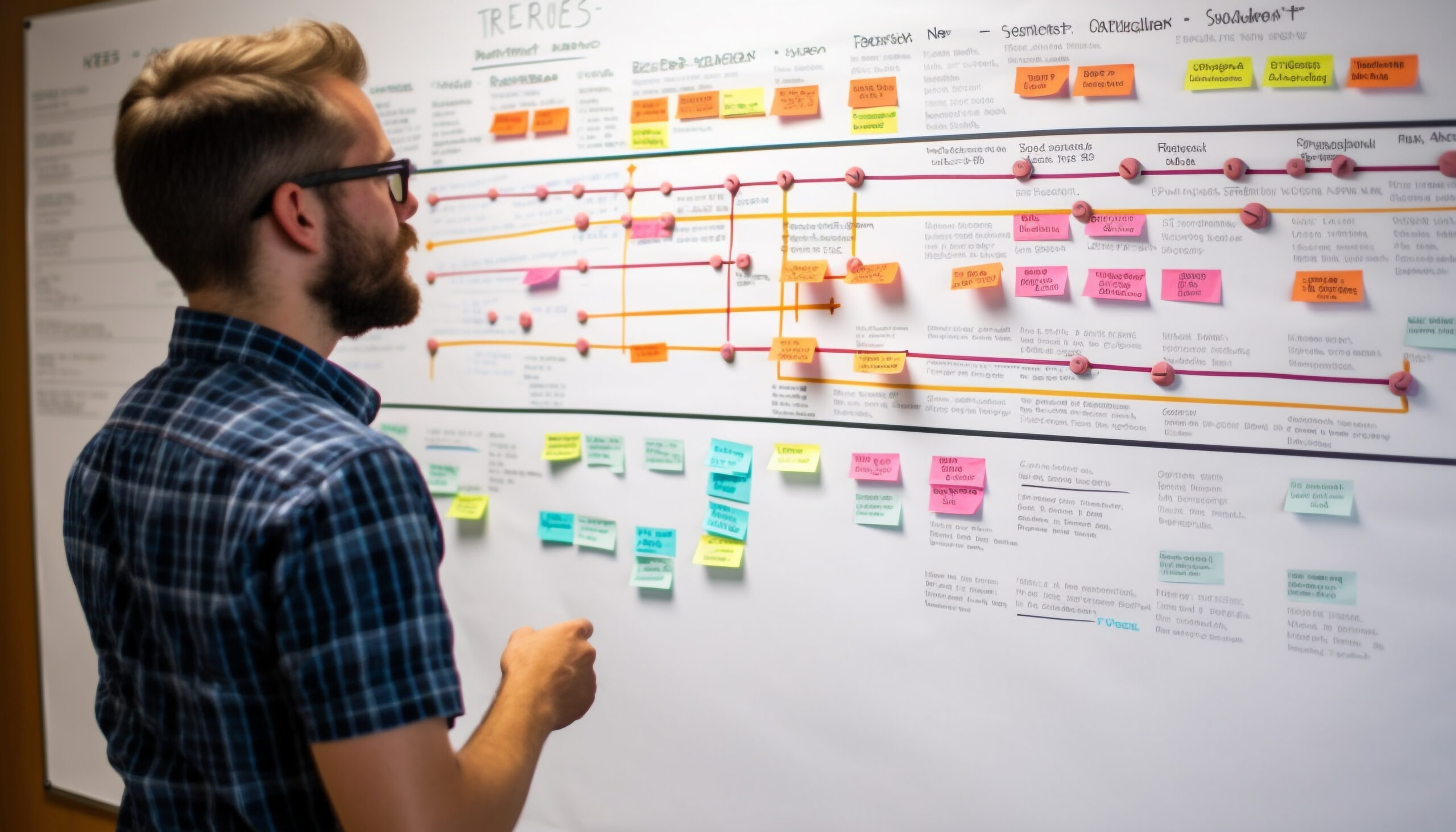Before you can create effective User Stories, it’s crucial to identify and understand the diverse and often complex needs of your users. Identifying user needs is a multi-faceted process that involves active listening, research, and effective communication. In this section, we will explore techniques for identifying user needs and gathering the essential information to define meaningful User Stories.
1. User Interviews:
One of the most direct ways to identify user needs is through interviews. These can be one-on-one or group interviews with actual users or stakeholders. Here are some tips for conducting effective user interviews:
- Prepare a list of open-ended questions to encourage in-depth responses.
- Actively listen to what users are saying, and ask follow-up questions to dig deeper.
- Pay attention to not only what users say but also their non-verbal cues.
2. Surveys and Questionnaires:
Surveys and questionnaires can be an efficient way to gather feedback from a larger user base. When creating surveys:
- Keep questions clear and concise.
- Use a mix of multiple-choice and open-ended questions.
- Analyze the data to identify common patterns and trends.
3. Observation and User Testing:
Observing users in their natural environment or while using existing software can provide valuable insights. User testing involves having users interact with a prototype or the current software to see how they behave.
- Take notes on user actions, expressions, and comments during observation.
- Use user testing to identify pain points and areas for improvement.
4. Stakeholder Involvement:
Stakeholders, including product managers and customer support teams, often have direct interactions with users. They can provide valuable information about user needs, challenges, and feedback.
- Engage in regular discussions with stakeholders to gather their insights.
5. Online Analytics:
If you have an existing software product, online analytics tools can provide data on user behavior. This data can help identify trends, such as which features are most used or where users commonly encounter issues.
- Analyze user analytics to uncover patterns and user preferences.
6. Customer Support and Feedback Channels:
Customer support interactions and feedback channels, such as emails or social media, are a goldmine of information about user needs and pain points.
- Review customer support logs and feedback regularly to identify common issues.
7. User Personas:
Creating user personas can help in understanding user needs. Personas are fictional representations of different user types, complete with their goals, pain points, and preferences.
- Develop user personas based on research and user interviews.
8. Empathy and Contextual Inquiry:
Empathy is a powerful tool in identifying user needs. Put yourself in the user’s shoes and try to experience their needs and pain points. Contextual inquiry involves observing users in their work environment to understand their workflows.
- Practice empathy and contextual inquiry to see the world from the user’s perspective.
9. Collaborative Brainstorming:
Organize brainstorming sessions with your development team and stakeholders to gather insights collectively. This can lead to creative solutions and a deeper understanding of user needs.
Identifying user needs is an ongoing process. As you gather more information and interact with users, your understanding of their needs will evolve. This continuous learning is essential for creating User Stories that accurately represent user requirements and lead to user-centric software solutions.
In the next section, we’ll explore how to craft clear and concise User Stories based on the identified user needs.

